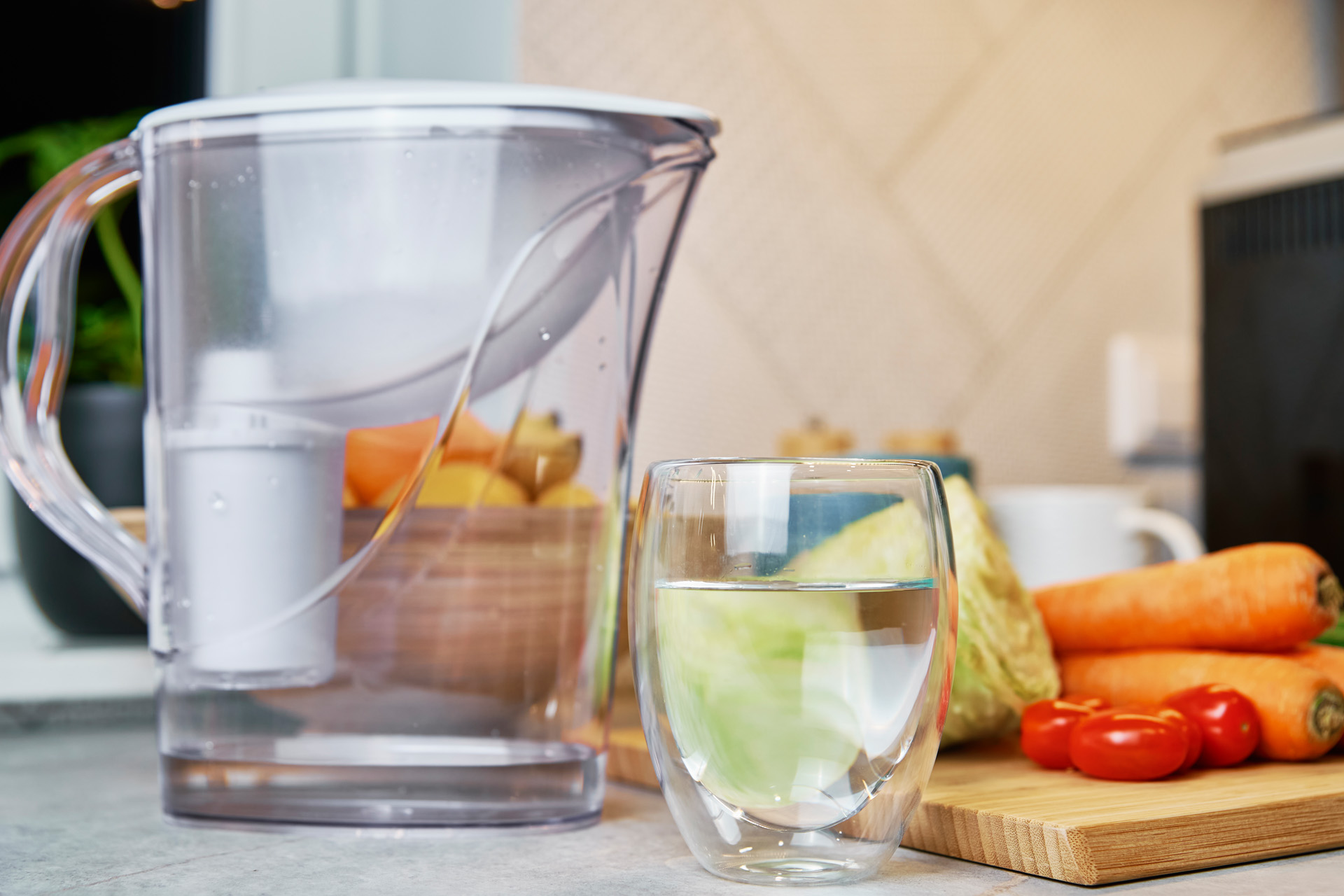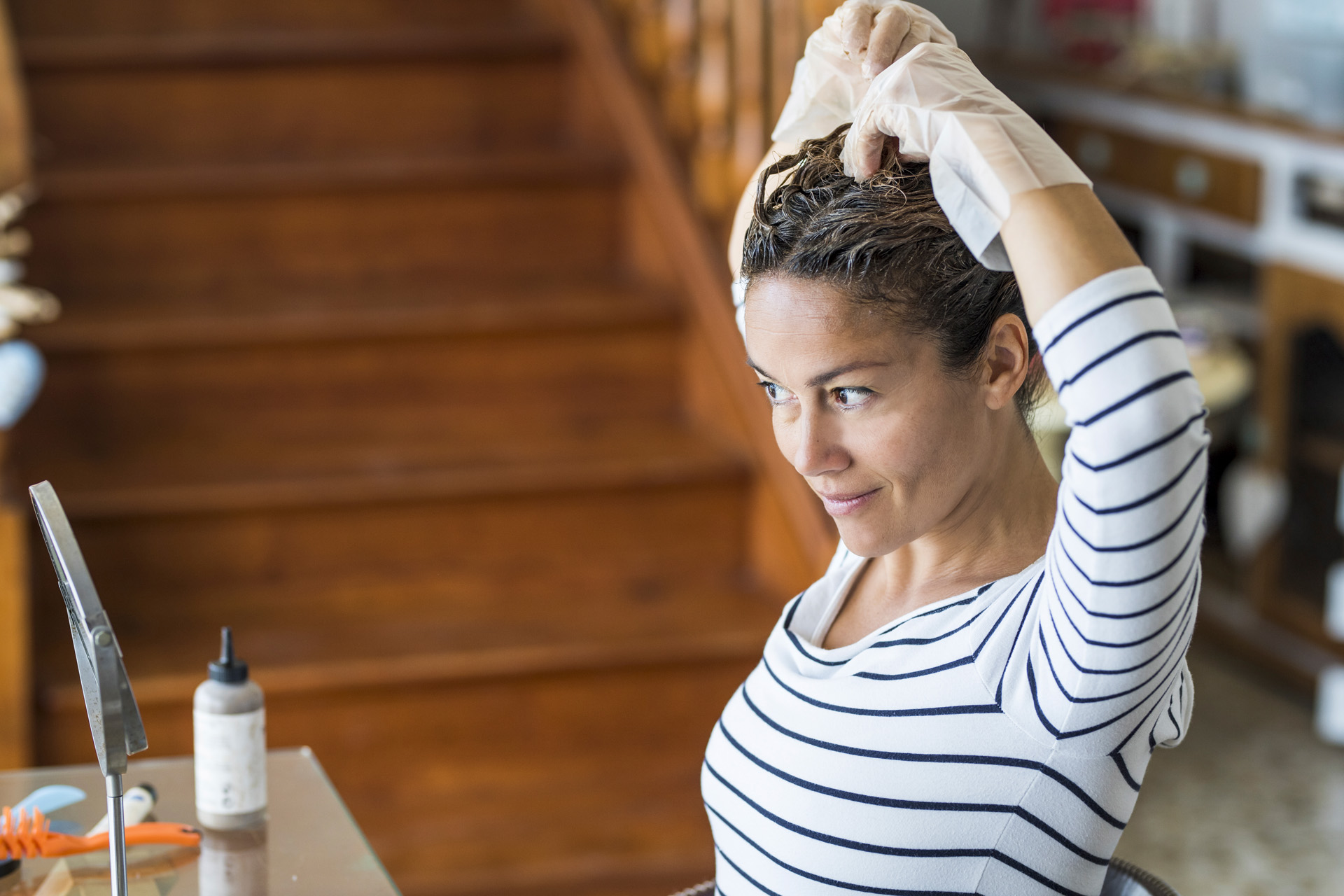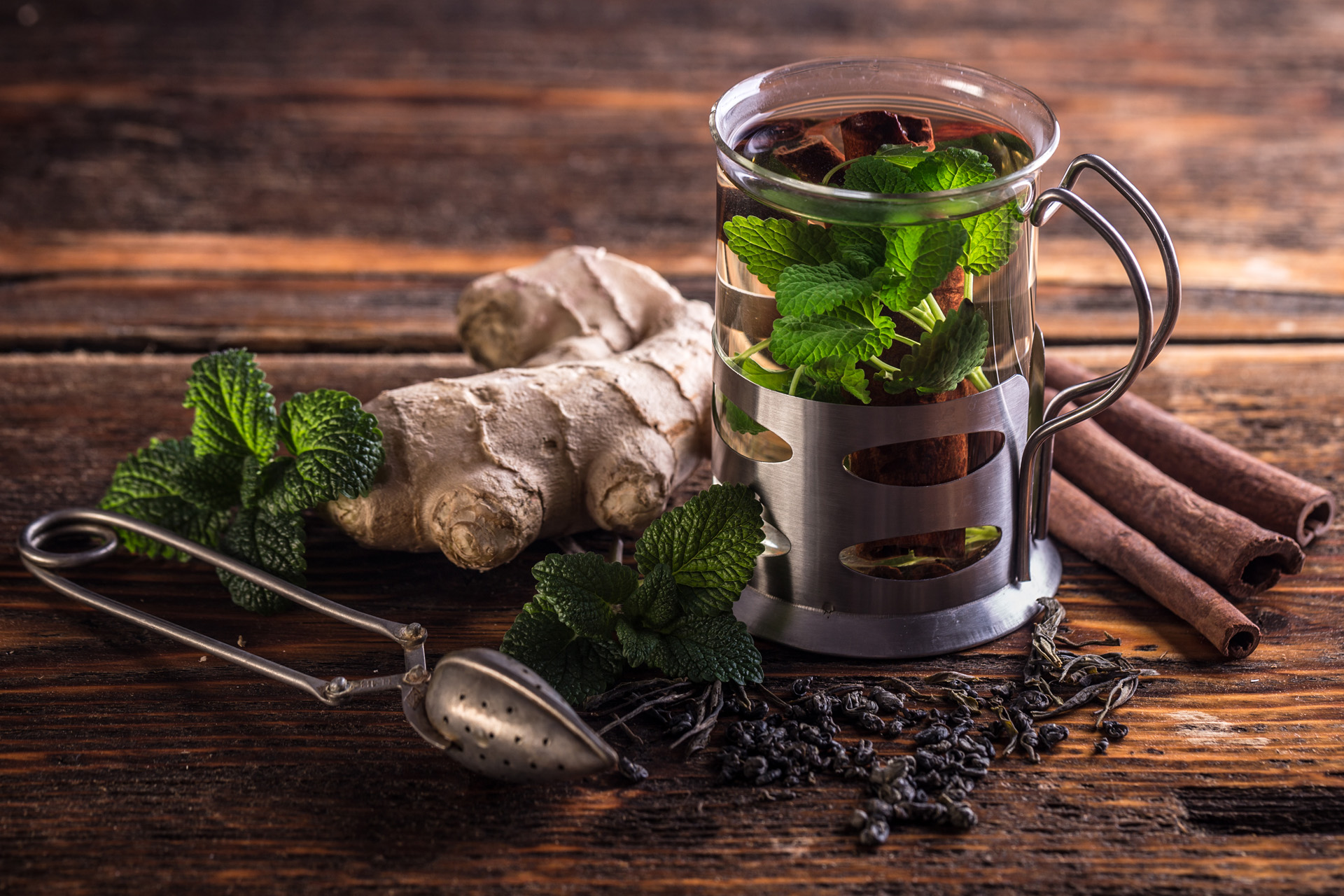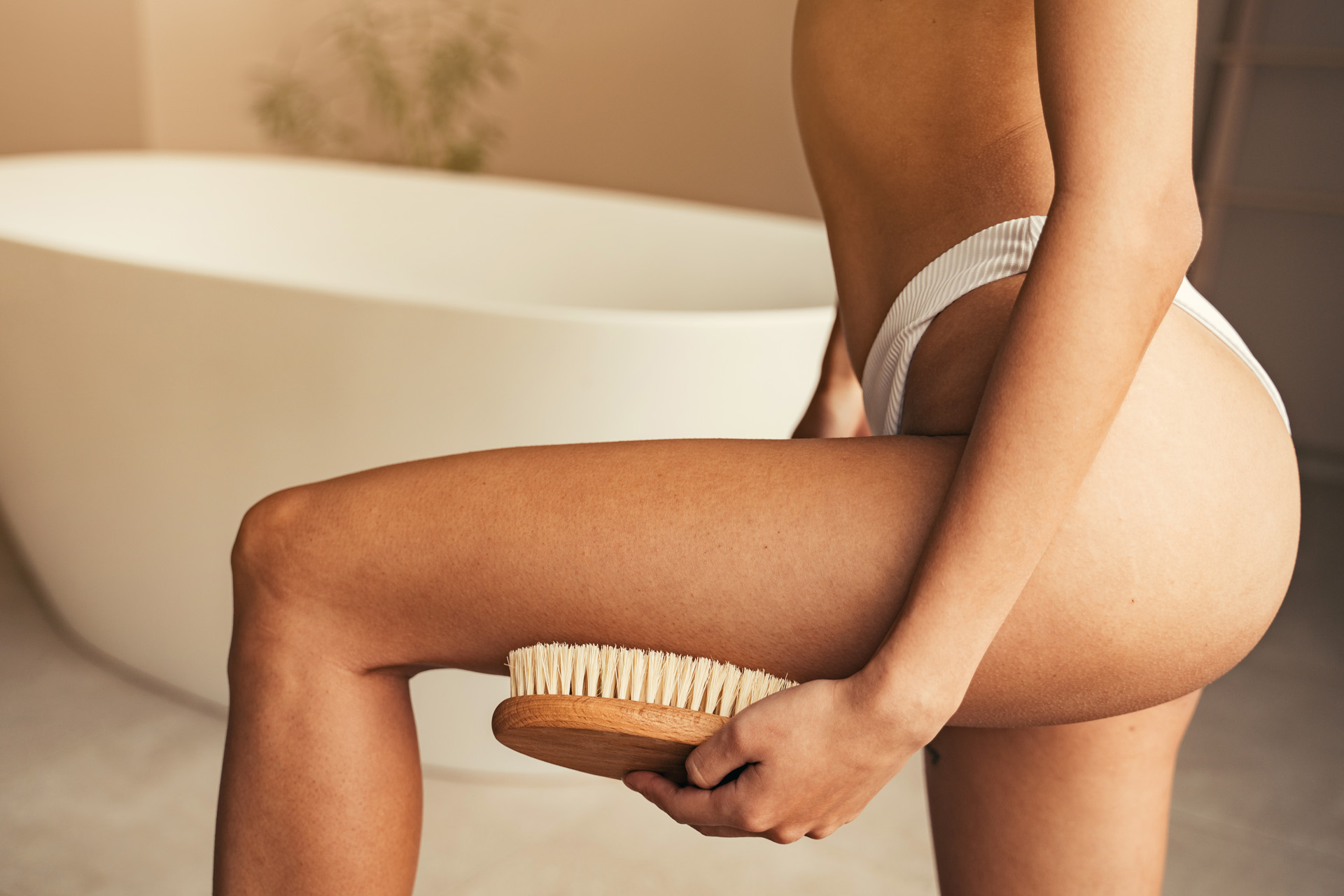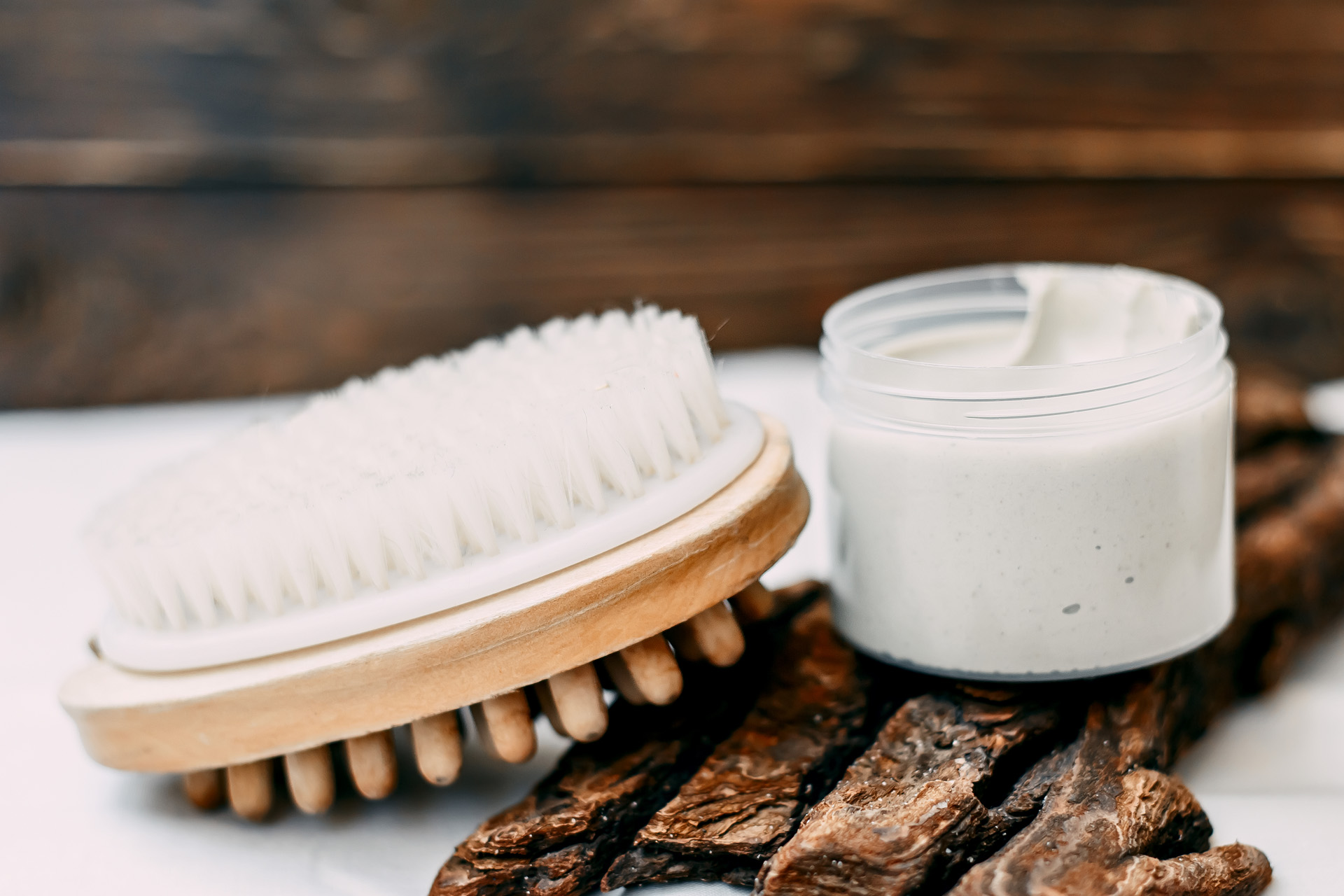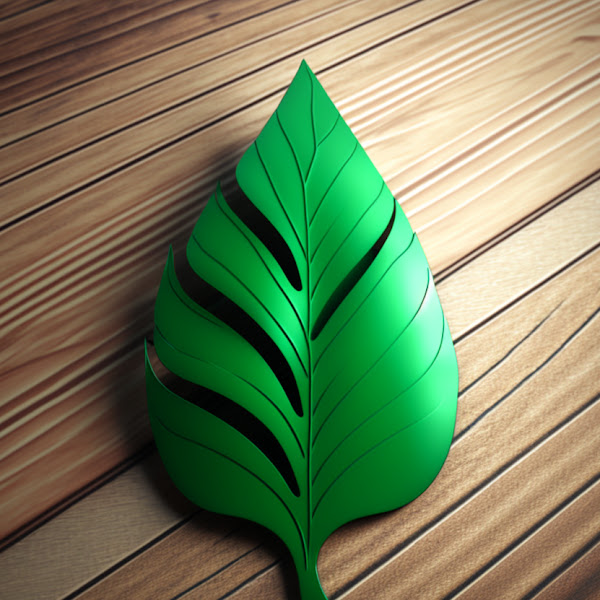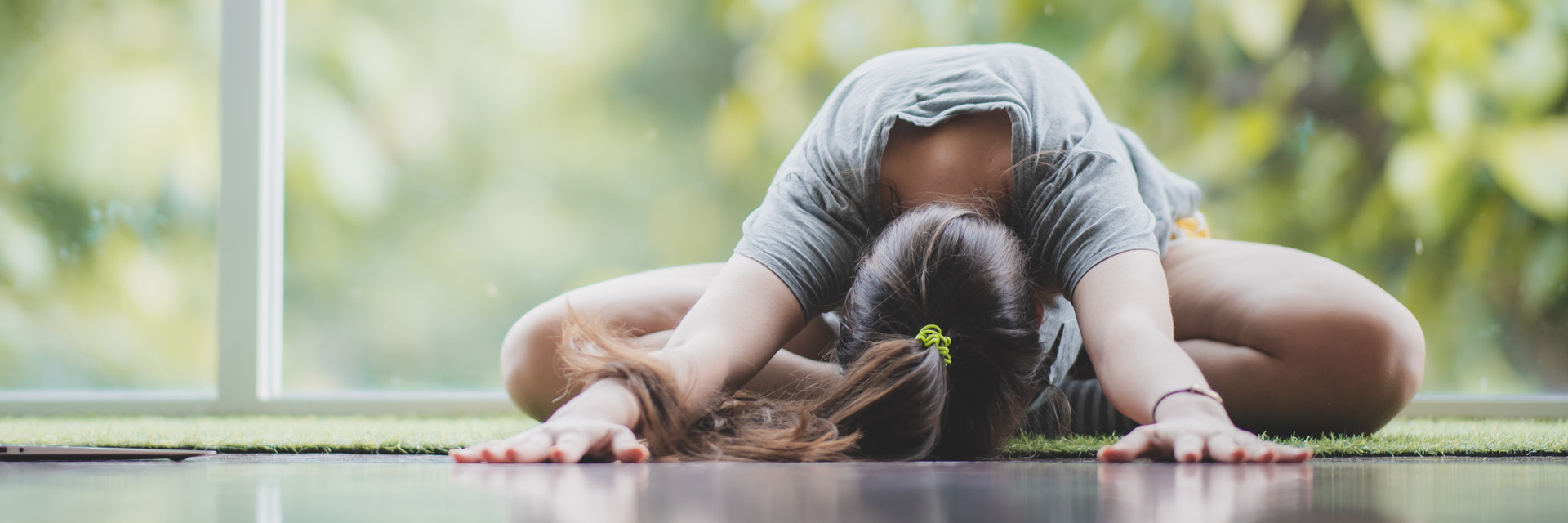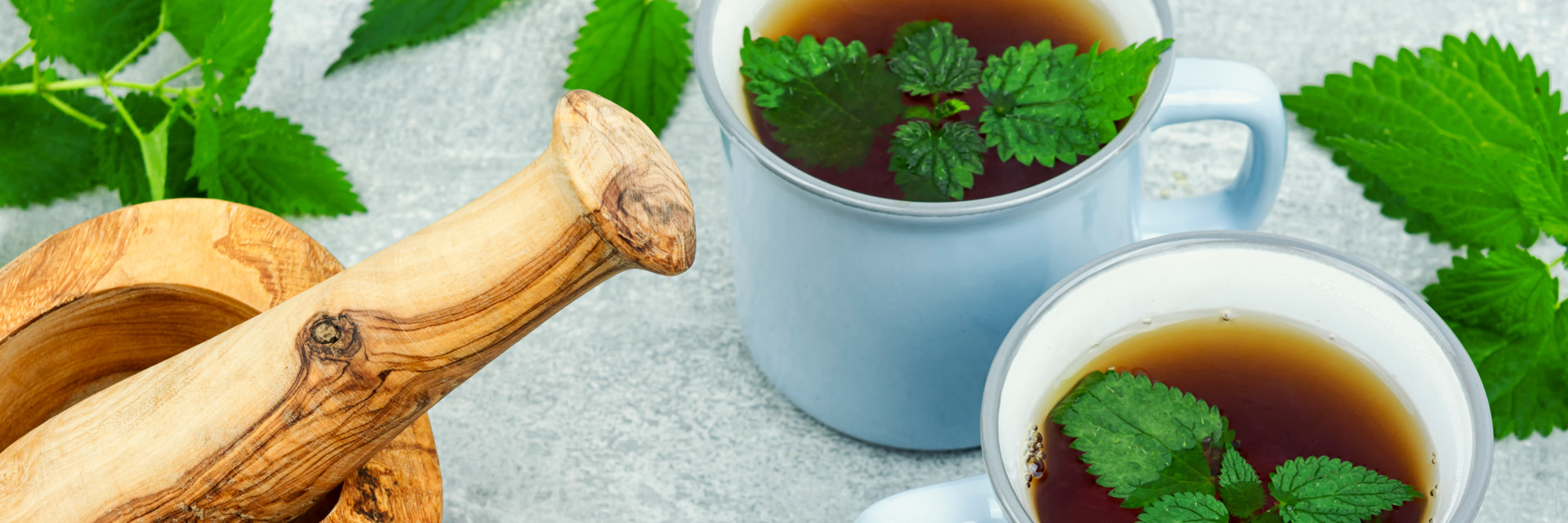Dry brushing is a practice that has been around for centuries, and it is becoming increasingly popular in recent years.
Dry brushing is a simple yet effective self-care technique.
This ancient practice involves using a dry brush to massage the skin, with the aim of improving circulation, exfoliating dead skin cells, and promoting lymphatic drainage. In this article, we will explore the benefits of dry brushing, how to do it properly, and answer some common questions related to this practice.
Benefits of Dry Brushing
- Exfoliates Dead Skin Cells
Dry brushing helps to exfoliate dead skin cells and unclog pores. This can lead to smoother, brighter, and healthier-looking skin.
- Stimulates Circulation
Dry brushing increases blood flow to the skin, which can improve overall skin health and radiance. Improved circulation can also help to reduce the appearance of cellulite and promote a healthy glow.
- Promotes Lymphatic Drainage
Dry brushing can help to stimulate the lymphatic system, which is responsible for removing toxins from the body. By promoting lymphatic drainage, dry brushing can help to reduce swelling and inflammation, and boost the immune system.
- Enhances Digestion and Kidney Function
The act of dry brushing can also help to improve digestion and kidney function. By promoting lymphatic drainage, dry brushing can help to reduce bloating and improve digestion. Additionally, it can stimulate the kidneys, which can help to eliminate toxins and waste from the body.
- Relieves Stress and Boosts Energy
Dry brushing can have a calming effect on the body and mind, making it an excellent way to relieve stress and boost energy levels. By increasing blood flow and promoting lymphatic drainage, dry brushing can help to reduce tension and promote relaxation.
How to Dry Brush
To properly dry brush, follow these steps:
-
Choose a dry brush with firm, natural bristles. Synthetic bristles can be harsh on the skin.
-
Start at your feet and work your way up your body, using long, sweeping strokes.
-
Always brush toward your heart, as this will help to improve circulation.
-
Pay extra attention to areas with cellulite, such as the thighs and buttocks.
-
Avoid sensitive areas such as the face, breasts, and genital area.
-
Shower after dry brushing to remove any dead skin cells and promote further circulation.
FAQs
- How often should I dry brush?
It is recommended to dry brush once a day, preferably in the morning before showering.
- Can dry brushing cause skin irritation?
If done too vigorously or with a brush that is too harsh, dry brushing can cause skin irritation. It is important to choose a brush with soft, natural bristles and to use gentle strokes.
- How long should I dry brush for?
Dry brushing should be done for 5-10 minutes, or until the skin is slightly pink.
- Should I moisturize after dry brushing?
Yes, it is recommended to moisturize after dry brushing to nourish and hydrate the skin.
- Can dry brushing help with acne?
Dry brushing can help to exfoliate dead skin cells and unclog pores, which can be beneficial for acne-prone skin. However, it is important to be gentle and avoid over-exfoliating, as this can cause further irritation.
In conclusion, dry brushing is a simple yet effective self-care technique that has numerous benefits for both the skin and the body. Regular dry brushing can improve circulation, exfoliate the skin, reduce the appearance of cellulite, and promote lymphatic drainage, among other benefits. It is important to choose the right brush and technique, and to be gentle on sensitive areas of the body. Dry brushing can easily be incorporated into one's daily routine, and the benefits are well worth the small amount of time and effort involved. So, give dry brushing a try and see how it can improve your overall health and wellbeing.
